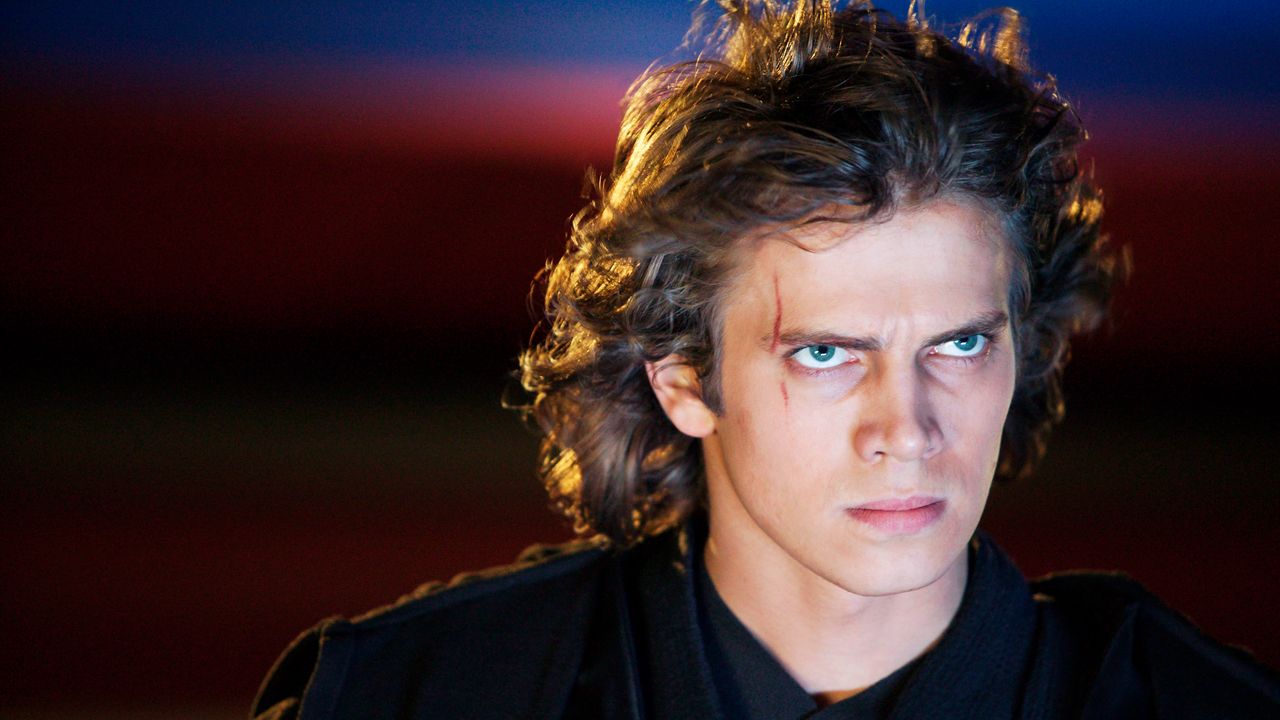This week, almost everyone likes Star Wars again. With the three-episode debut of Andor Season 2, our galaxy is as close to united as possible, in that genuinely celebratory Return of the Jedi way, rather than that fascistically enforced actual-plot-of-Andor way: This darker, grittier, less swashbuckling, more adult-oriented version of Star Wars, examining the mechanics of how the Rebel Alliance managed to first turn the tide against the evil Empire, is beloved by (most) fans and (nearly all) TV critics alike. (It even has some avowed movie people tuning in.) Thematically, releasing the seasonâs four three-episode arcs on a weekly basis makes sense, but in retrospect, it might have also made sense for Lucasfilm to string out its good press for the full twelve weeks. In terms of positive critical and fan response, theyâre unlikely to have it this good again for a long time.
Luckily, though, Disney and Lucasfilm have another way of burnishing Star Warsâ reputation further, by re-releasing a reminder of what made all of this possible: Star Wars: Episode III â Revenge of the Sith, back in theaters for a few-weeks-early 20th anniversary celebration.
Iâm kidding, except Iâm not. Itâs not quite that Disney seems embarrassed to be re-releasing Sith; itâs expected to do well, and follows on the heels of a successful Phantom Menace 25th anniversary re-release last spring, as well as Return of the Jediâs 40th anniversary release in 2023, and Rogue Oneâs IMAX reissue around when the first season of Andor dropped in 2022. These recirculations are the perfect way to remind audiences how great Star Wars can be in a movie theater, at a time when there havenât been any new Star Wars movies in theaters for quite a while. (The Mandalorian & Grogu drops in May 2026, presumably eliminating the need to celebrate the 24th anniversary of Attack of the Clones.) But if the company was more directly interested in drawing a connection between the events of Revenge of the Sith and the gravity of Andor, they might have shuffled the schedule slightly, so that the former could lead straight into the latter.
Instead, itâs more of a for-the-old-fans bonus. Honestly, even that status represents a major turnaround; circa Force Awakens, George Lucasâs prequel trilogy was pretty clearly treated as a cautionary tale in the art of generation-crushing overhype, a mistake not to be repeated by the new guard. Nowâreally, then too, but it takes corporations a beat or three to catch upâtheyâre beloved by a growing cohort of fans, which I have belonged to since the jump. Iâm not here to relitigate the prequels as a whole, thoughâjust to make the case that as far as a lot of the Andor stuff goes, Revenge of the Sith, the culmination of the second Star Wars trilogy, got there first.
As you probably know, ROTS depicts the tragic fall from grace of one Anakin Skywalker, the young boy of Phantom Menace and petulant twenty-year-old of Attack of the Clones, a gifted Jedi who is drawn into the dark by the man who would become Emperor Palpatine. A few years after the prequels were released, it became somewhat conventional wisdom that really, they started too far back â that Revenge of the Sith had all the best stuff, which it then muffled by rushing through it. Start with Anakin already in training, already in the midst of a testy relationship with Obi-Wan Kenobi, the theory goes, and you have more time to explore what feeds into his downfall. The thing is, Revenge of the Sith does do this, in miniature; its first 15 or 20 minutes is as rollicking and swashbuckling a Jedi adventure as the series has ever produced, sending Anakin (Hayden Christensen) and his reluctant mentor Obi-Wan (Ewan McGregor) to rescue Palpatine (Ian McDiarmid) during the Clone Wars. Theyâre successful, which of course has the seeds of tragedy; the whole of the Clone Wars is an operation designed by Palpatine, for Palpatine, so that he may consolidate his power under the supposed threat of separatists.

